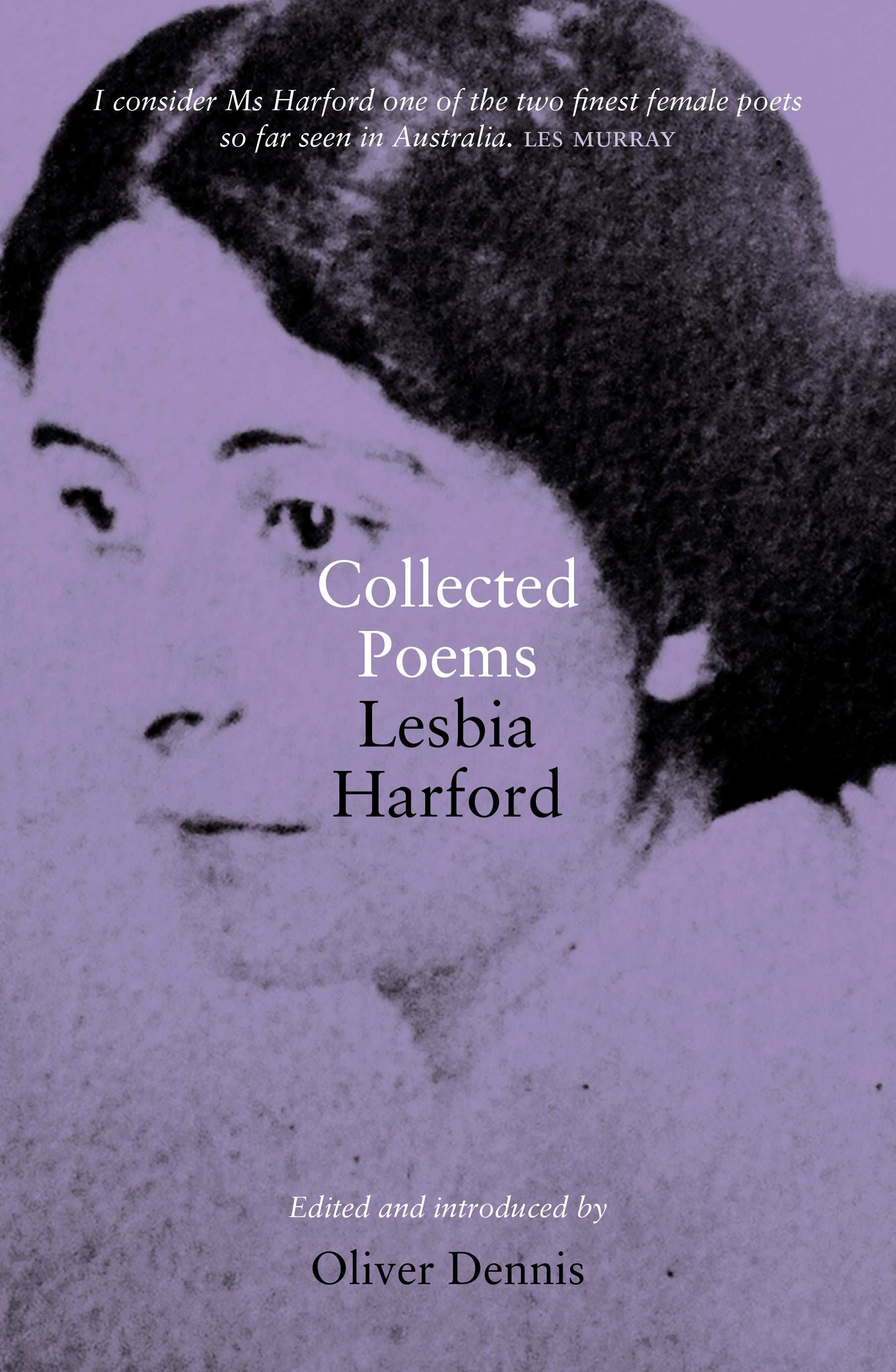

Queer Places:
Sacre Coeur School, 172 Burke Rd, Glen Iris VIC 3146, Australia
Loreto College, Lake Wendouree Victoria 3350, Australia
University of Melbourne, Parkville VIC 3010, Australia
Wangrabel, 6 Horsburgh Grove, Armadale VIC 3143, Australia
Boroondara General Cemetery, 430 High St, Kew VIC 3101, Australia
 Lesbia Harford (9 April 1891 – 5 July 1927) was an Australian poet,
novelist and political activist.
Lesbia Harford (9 April 1891 – 5 July 1927) was an Australian poet,
novelist and political activist.
Lesbia Venner Keogh was the first child of Edmund Joseph Keogh and Beatrice Eleanor Moore, great-great-granddaughter of an Earl of Drogheda.[1] Lesbia was born at Brighton, Victoria, on 9 April 1891. From 1893 to 1900, the family lived at "Wangrabel", 6 Horsburgh Grove, Armadale (the house still stands today). Her father left home for Western Australia when his real estate business failed about 1900. She and her three siblings were raised by their mother, who took genteel jobs, begged handouts from Keogh relations and took in boarders. Lesbia was educated at the Sacré Cœur School at "Clifton", Malvern, Victoria; Mary's Mount school at Ballarat, Victoria; and the University of Melbourne, where she graduated LL.B. in 1916.[2][3] She was one of the university's few women students and one of its few opponents of Australia's part in the First World War.[4]
Her brother, Esmond Venner (Bill) Keogh (1895–1970), became a prominent medical administrator and cancer researcher.[5]
Lesbia advocated free love in human relations. She herself formed lifelong parallel attachments to both men and women, most notably to Katie Lush, philosophy tutor at Ormond College.[6][7]
Becoming interested in social questions, she worked in textile and clothing factories to gain first hand knowledge of the conditions under which women worked. She became state vice-president of the Federated Clothing and Allied Trades Union.[6] She campaigned strongly against conscription in World War I. She was a friend of Norman Jeffrey and lover of Guido Baracchi, founding members of the Communist Party of Australia (but which she never joined).[8][9] In Sydney Lesbia sang her poems to Guido as they crossed the harbour on the Manly ferry.[10]
In 1918 she moved to Sydney to campaign for the release of the Sydney Twelve, members of the Industrial Workers of the World (the Wobblies) arrested and charged with treason, arson, sedition and forgery.[2] She worked in clothing factories and as a university coach. She was also for a time a Fairfax housemaid (glimpsed in the poem "Miss Mary Fairfax"). She married Patrick John (Pat) Harford, sometime soldier, clicker in his uncle's Fitzroy boot factory and a fellow Wobbly, in 1920.[11][12][13][14][15] They shared an interest in painting and aesthetics.[4][6] He was feckless and alcoholic but
They returned to her mother's boarding house in Elsternwick, Melbourne in the early Twenties.[3][17] Pat worked for the post-impressionist painter William Frater and himself became a painter under Frater's influence, later moving towards modernism and cubism.[18][19] The Harfords had no children and were estranged in the last years of Lesbia's life.[20] Some writers claim they were divorced but there is no documentary evidence of it.[21] In 1926 Lesbia completed her articles with a Melbourne law firm.[6]
Authors agree on her always-delicate health but not on the cause: a severe attack of rheumatic fever while a young child (Serle); tuberculosis (Lamb); born with a heart problem that prevented her blood oxygenating (Sparrow).[2][13][22] She often had to walk slowly. Her lips were sometimes quite blue.[23] She died aged 36 of lung and heart failure in St Vincent's Hospital on 5 July 1927.[24]
My published books: